Fallout: New Vegas Review
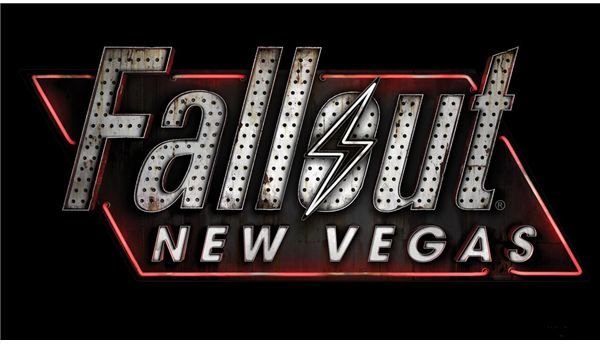
Introduction
Anyone who knows me knows that I’m a huge fan of RPGs - specifically, American-style RPGs (as opposed to JRPGs). The kind of role-playing game I like is one where I can create a unique character and approach problems in my own, unique way. I like to be able to explore the world. I like the world to be dynamic and I like to have the ability to really change things in the world if I want to. Fallout: New Vegas came out last year, and sadly, it is one of the few new American style RPGs we’ll get for a while - only two or three come out each year. So for people like me, it’s a really big deal.
A bit of backstory on the series, first: Fallout was originally created by Tim Cain, Leonary Boyarsky and Chris Taylor at Black Isle Studios. They were one of my favorite companies, having designed both Fallout and its equally great sequel, Fallout 2. One of the designers of Fallout 2, Chris Avellone, went on to work for Obsidian Entertainment, the company behind Fallout: New Vegas. So this was a big reason for me to hope for the best - I knew at least someone behind the wheel understood what was good about the original games, so I could expect to experience some of that. Of course, the engine was designed by Bethesda Softworks, and many of the features were carry-overs from Fallout 3, which… well, I’ll get into.
Graphics (4 out of 5)
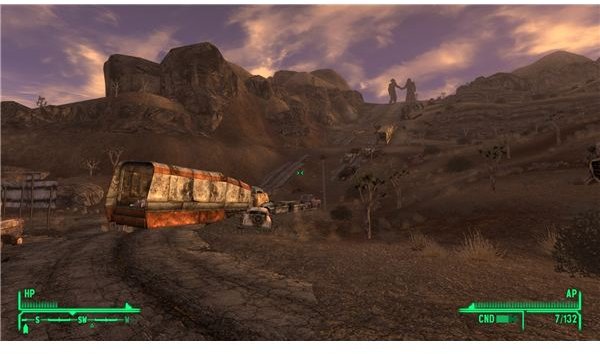
For those who don’t know, Fallout: New Vegas takes place in the post-apocalyptic wastelands of Nevada (why anyone would bother nuking Nevada is beyond me, but I digress). Fallout: New Vegas does a solid job of visually capturing that feeling - from the tumbleweeds bouncing about, to the sand-storms, you’ll know for sure: “yup. I’m in the desert”. Granted, the grey-brown palette doesn’t make it stand out from the brown-noise of today’s console FPS games, but hey - it’s a post apocalyptic desert, what do you want? Thankfully, the colors do liven up once you get to New Vegas itself, which introduces (in the form of neo lights) Yellow, some Red, and if you’re a gambler, even some fuzzy Green tables. The original Fallout games were pretty drab, too.
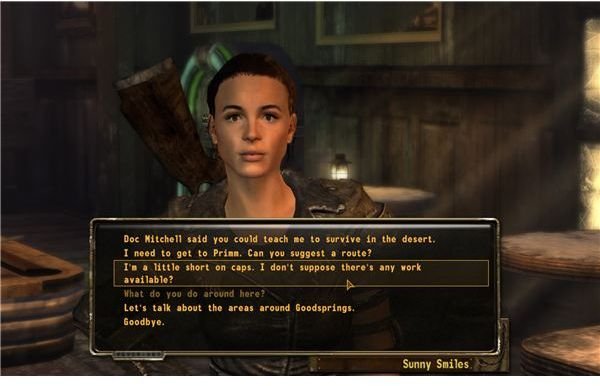
While the environments can look stunningly good at times, the character models and animations are still awkward and herky-jerky. It seems that Obsidian has taken to trying to make the dialogue sequences a little less awkward, but they still have this bizarre “uncanny” feeling to them. Character run animations are a bit better than Fallout 3’s, but that isn’t saying much. One of the most frustrating things is the near-total lack of combat-feedback animations. Shooting a human NPC, for instance, doesn’t cause them to get knocked back like the zombies in “Resident Evil 4” or even the Imps in “Doom”. This really is a huge missed opportunity for good, dynamic-feeling gameplay, which we’ll get more into later.
Sound (3 out of 5)
The voice acting is also a significant step up from Fallout 3, getting a massive boost in the form of greatly improved writing. Chris Avellone served as a writer for this game, who previously showed his ability on “Planescape: Torment”, a game with 5,000 pages of the best dialogue that videogames have ever seen. So when I saw his name in the credits for New Vegas, I knew it would be much better than anything Bethesda could do, and I was right! Avellone, unlike so many in the games industry right now, is mentally equipped to handle writing devices that are so central to Fallout - stuff like satire, irony, and comedy in general.
Finally, the music for Fallout is a big step up as well. Of course, there’s the selection of licensed music from artists like The Ink Spots, Peggy Lee and Dean Martin - this stuff is always pretty good, although you’re likely to turn it off sooner or later after hearing “Johnny Guitar” for the 20th time. The score is a lot better than Fallout 3’s, too. It’s more on par with today’s movie soundtracks; it sets the mood, without, of course, having any memorable melody (melody BAD!).
Story (3 out of 5)
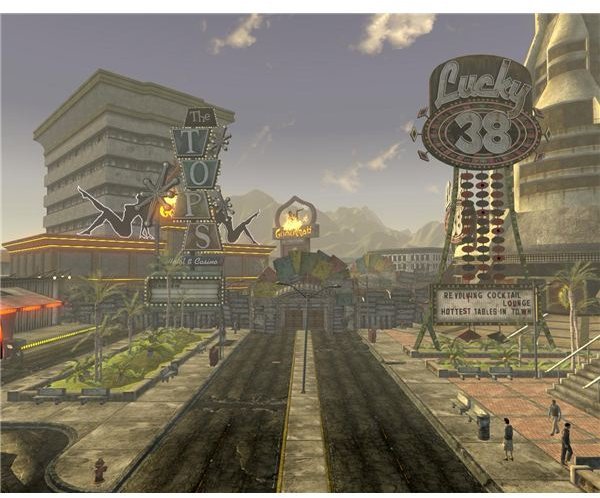
“Fallout: New Vegas” takes place four years after the events of “Fallout 3”, although no characters from Fallout 3 return, as the game takes place on the opposite end of the United States. Specifically, in Nevada, and more specifically, the Las Vegas Strip and some surrounding areas. The game’s plot focuses around a conflict over control of the Hoover Dam, which is providing the city with electricity and clean water. I appreciated this somewhat down-to-earth plot point; one gets the feeling that this really would be an extremely contested facility in such a world.
Overall, I was satisfied with the story in Fallout: New Vegas, although it’s no Planescape: Torment. The characters are all just likable and beleiveable enough to not be annoying, but its only been a few days since I last played the game and I’m having trouble remembering any of them. The plot is mechanically interesting enough, with motivations that make sense, and enough flexibility to allow the player to actually feel like his actions matter in the grand scheme. But again, if you’re looking for a really great story, you’re better off looking to other games… or really, other mediums.
User Interface / Controls (2 out of 5)
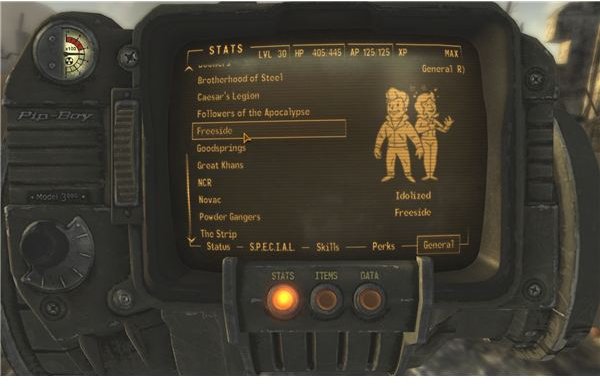
Bethesda screwed up a lot of stuff when they made Fallout 3, but their absolute worst affront to game design itself was the creation of VATS. The VATS system was created so that combat “looked cool”, and of course, “cinematic” (since it’s just universally accepted that all video games should look like movies). It’s also there so that the game doesn’t really require much skill to play. It’s like Max Payne’s “bullet-time”, except even dumber, because you cannot move and you simply queue up attacks. VATS still rears its ugly head, destroying any semblance of balance or interesting gameplay. It occurs to me, however, that just how broken VATS is isn’t as obvious to everyone who plays the games, so I’ll explain further in the Gameplay section.
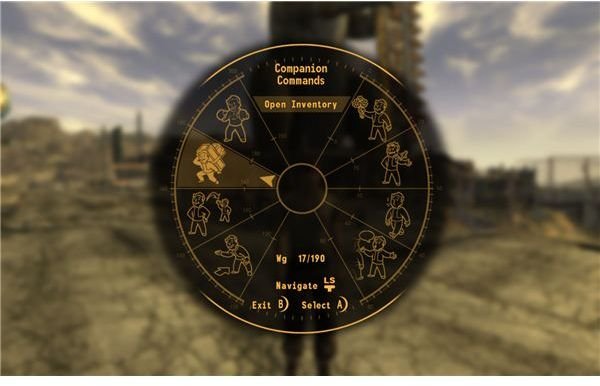
The rest of the UI is mostly decent; it’s a bit annoying that the Pip-Boy interface tries to “maintain immersion” by being “on your wrist” at the cost of clarity. There’s a nice new dialogue for commanding your AI sidekicks, and another (sort of) improvement is the fact that it now tells you, in dialogues, whether or not a persuasion attempt will succed or not (why would I click on it if it says it will fail? Why even offer it as an option? Ohhh, right, so I’m motivated to power-game my Speech level up and ‘unlock’ that dialogue option). I call it a sort-of improvement because at least it puts an end to the decades-old practice of saving before a roll and re-loading.
Gameplay (1 out of 5)
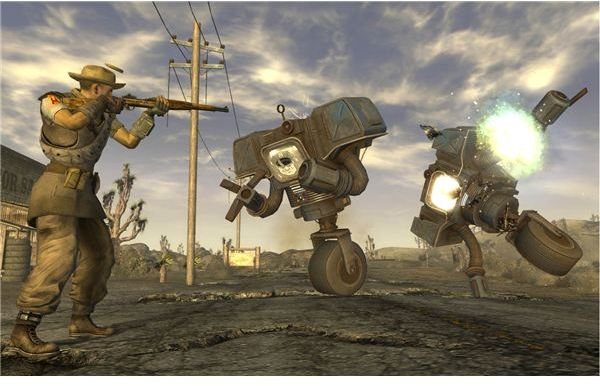
Firstly, it’s worth noting that VATS is a little less broken than it was in Fallout 3. One of the major problems with the system is that the player is unable to move while VATS is activated - so you can’t dodge attacks or back up away from an opponent who is barrelling in at you with a melee attack. What was Bethesda’s solution? “Oh well, then you take less damage - 75 PERCENT LESS DAMAGE while in VATS mode”. This makes no sense, is highly exploitable, is imbalanced, and lazy game design. Obsidian had the sense to reduce that to 10% damage reduction, but all that does is return us to the original problem with the system - that you cannot move while using it. VATS is also more accurate than free-shooting and has a higher chance to Crit, for some reason. To compensate for THIS intentionally-coded-in imbalance, using VATS damages your weapon’s condition four times as fast as free shooting - what? Why? What does the weapon’s condition have to do with this weird slow motion mode? I could go on about VATS for hours, but in short, it’s a list of what not to do when designing a video game mechanic. For me, combat is a large part of an RPG; it’s usually make-or break, and regardless of the rest of the design, VATS pretty much breaks the game.
Beyond that, though, there are other big problems. The game still has the Oblivion radar problem, where each quest you get and each major game plot point gives you a little green arrow. You could program a bot to beat these games, easily.
- Have it follow the little green arrow
- If it led you to a friendly character, have it click use and then have it left-click on all possible dialogue trees.
- If it led you to a hostile character (don’t worry, children - hostiles show up as RED DOTS on the radar before you even know they’re there!), then have it kill them.
- Repeat until the game is finished! Hooray, another game completed, time to buy a new one!
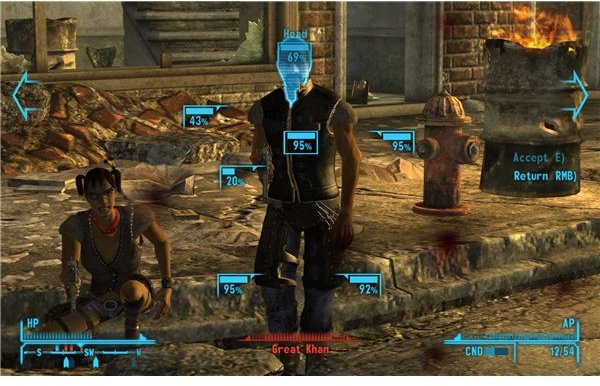
The rest of the check-box game design you’d expect from any high profile game these days is all there - achievements, recipes, unlocks, skulltulas, jinjos, etc. Basically, if you have a seriously addictive OCD personality, these things may appeal to you in a sick sort of way, but for the rest of us, they’re pure noise.
I mentioned in the beginning that I like it when worlds are dynamic - that is, I can actually change stuff in the world, and the characters in the world respond to their newly changed world. The problem is, creating truly dynamic worlds increases the development workload exponentially, so unless it’s a major goal from the get go, it’s not going to happen. And it didn’t happen in Fallout: New Vegas. For instance - right outside the first town, there’s a prison that has been overtaken by the prisoners, and they now roam the streets as the “Powder Gang”, terrorizing nearby settlements. Everyone in the first town is all freaked out about the Powder Gang, and one of the first quests is to get a bunch of people together to go kill them. Well, I said screw that, I’m gonna go kill them myself! And I did. With a careful combination of VATS and a couple save-games, I was able to clear out not only the whole prison, but all of the surrounding Powder Gang settlements. I literally killed every last one of them. Went back into town, and the idiots are still trying to get a group together to go take them out. Why can’t I tell them, “uh, there’s really no need. I killed them all just now.” That would be cool! But no, you have to do everything the way they want you to do it. That sucks.
To end this section on a good note, they included a mode called Hardcore mode, which is actually rather reasonable. It makes ammo have weight, food and water are actually useful, stimpacks take a few seconds to fill your health, etc. Honestly, it’s all stuff that should be the default, but I think this game was designed for publishers, not for gamers. Oops, that wasn’t a good note. Oh well.
Worth the Time Investment?

As I mentioned in the intro, I am a huge RPG fan. I long for the feeling of a dynamic world that I can actually change the events. I like to create a unique character and come at the problems that the world presents in a unique way. I like good stories, meeting good characters and having good dialogue interactions with them. I love RPG combat - numbers, stats, equipment, etc. Hell, I even design RPGs of my own! I am this game’s target demographic, and I strongly dislike this game.
The world is huge, as usual. I think we all got over the “huge sprawling world” thing after GTA: San Andreas advertised that it had twice the surface area of Jupiter. When will we learn that more isn’t better. The issue with the game being so large is that most of it is just “walking, making zero decisions”. Their solution is “Quick Travel”, which automatically teleports you from any significant location to any other significant location. My question is, if only some of your locations are significant, why do you even have the other locations? Why not shrink the world down, condense it, so that there’s a lot less downtime? That brings me to my final point on Fallout: New Vegas.
This game just isn’t worth the amount of hours it takes to play. It’s not enough of a unique experience, the story is forgettable and most importantly, the gameplay isn’t very good. Overall, it’s an average-below average game, but it takes forever to play. I’m trying to think of a demographic or group that I can recommend this game to, and no matter who you are, there’s better stuff you can be doing with your time. Are you looking for a great RPG to play? I’ve got some recommendations. I already mentioned Planescape: Torment, but if you’re a fan of the original Fallout games, you should absolutely check out Arcanum: Of Steamworks and Magick Obscura, if you haven’t already. Do you prefer first-person RPGs? Check out Sir-Tech’s Wizardry 8. I appreciate Obsidian’s attempts to fix the game; their hearts were mostly in the right place and there was some good work done. However, at the end of the day, there’s simply too much fun stuff to do in the world to bother with a piece of software like this.
